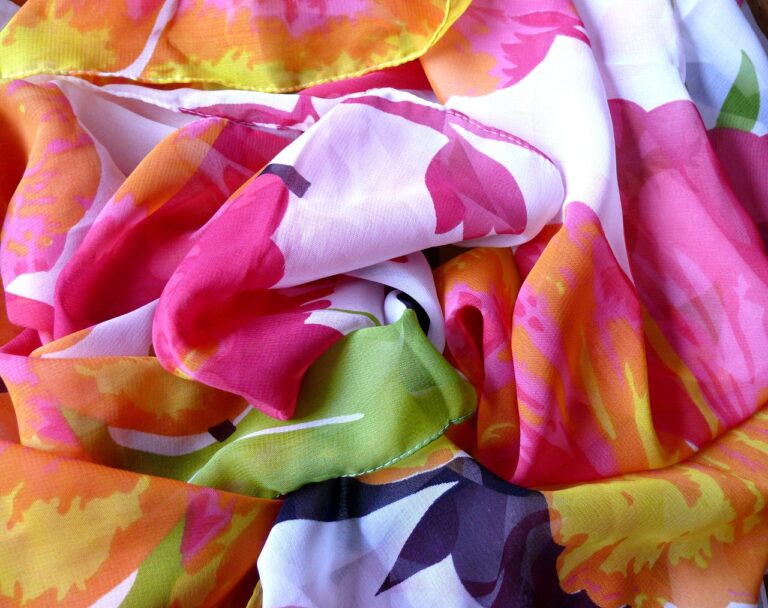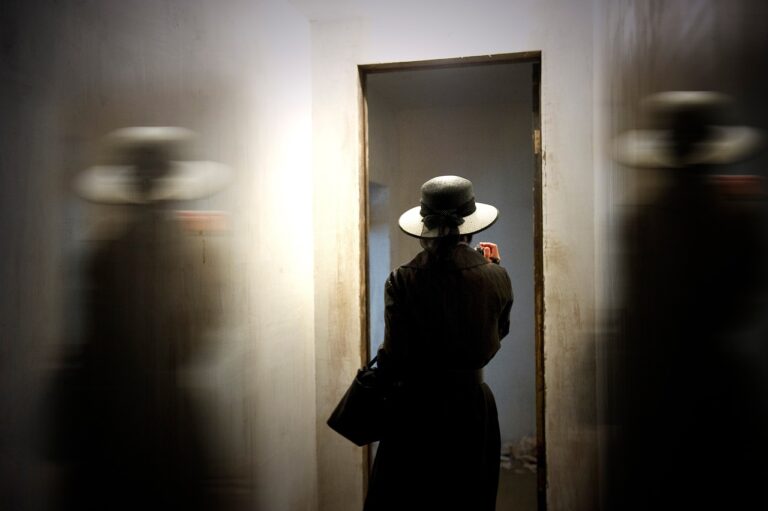The Influence of Art Nouveau on Fashion Design: Embracing Organic Forms and Floral Motifs
Art Nouveau emerged in the late 19th century as a reaction against the academic art and historicism that dominated the art world at the time. Originating in Western Europe, particularly in France and Belgium, this artistic movement sought to break free from the confines of traditional design principles and embrace a more organic and flowing aesthetic inspired by nature. The term “Art Nouveau,” meaning “new art” in French, was first used in the 1880s and quickly gained popularity among artists, architects, and designers looking to create a new visual language.
Characterized by its sinuous lines, organic forms, and intricate motifs, Art Nouveau was heavily influenced by the natural world, incorporating elements such as flowers, plants, and curves into its designs. The movement encompassed a wide range of artistic disciplines, including architecture, interior design, furniture, jewelry, and graphic arts. Artists like Alphonse Mucha, Hector Guimard, and Gustav Klimt played significant roles in shaping the distinct style of Art Nouveau, with their works epitomizing the movement’s emphasis on harmonious and decorative compositions that reflected the beauty of the natural environment.
The Characteristics of Art Nouveau Design
Art Nouveau design is characterized by its use of organic forms and flowing lines inspired by nature. Artists in this movement often incorporated motifs such as flowers, vines, and insects into their work, creating a sense of dynamic movement and fluidity. The emphasis on asymmetry and curved lines in Art Nouveau design marked a departure from the more rigid and geometric styles of the past.
Another defining feature of Art Nouveau design is the use of intricate patterns and ornamental details. This attention to decorative embellishments, such as delicate curlicues and ornate motifs, added a sense of luxury and opulence to the art and architecture of the period. The incorporation of precious materials like stained glass, enamel, and exotic woods further enhanced the lavish and decadent quality of Art Nouveau design.
The Rise of Art Nouveau in Fashion
Art Nouveau, with its emphasis on organic forms and intricate decorative elements, quickly found its way into the world of fashion in the late 19th and early 20th centuries. Fashion designers drew inspiration from the natural world, incorporating flowing lines, floral motifs, and asymmetrical shapes into their creations. This new artistic movement brought a sense of elegance and whimsy to fashion, breaking away from the formal and structured styles that had dominated the previous era.
The Rise of Art Nouveau in fashion was also marked by the use of luxurious materials and intricate craftsmanship. Designers embraced silk, velvet, and lace to create sumptuous garments that featured elaborate embroidery and beading. Accessories such as jewelry and handbags were also influenced by the Art Nouveau aesthetic, with designers favoring soft, organic shapes and intricate metalwork. This period of fashion history not only transformed the way people dressed but also served as a reflection of the changing cultural landscape of the time.
What is Art Nouveau?
Art Nouveau is an artistic style that was popular in the late 19th and early 20th centuries, characterized by intricate designs, flowing lines, and natural motifs.
What are the characteristics of Art Nouveau design?
Art Nouveau design typically features organic forms, asymmetrical shapes, and decorative patterns inspired by nature. It often incorporates elements such as flowers, vines, and insects.
How did Art Nouveau influence fashion?
The Art Nouveau movement had a significant impact on fashion, inspiring designers to create garments and accessories with flowing lines, elaborate embroidery, and intricate patterns. Many fashion designers drew inspiration from Art Nouveau motifs in their collections.
Why did Art Nouveau become popular in fashion?
Art Nouveau became popular in fashion because it represented a departure from the rigid styles of the Victorian era. The fluid lines and natural motifs of Art Nouveau design were seen as a welcome change, and many people embraced the new aesthetic in their clothing choices.
Is Art Nouveau still influential in fashion today?
While Art Nouveau may not be as dominant in fashion as it once was, its influence can still be seen in contemporary designs. Elements of Art Nouveau, such as intricate patterns and organic forms, continue to inspire designers to create unique and artistic pieces.





